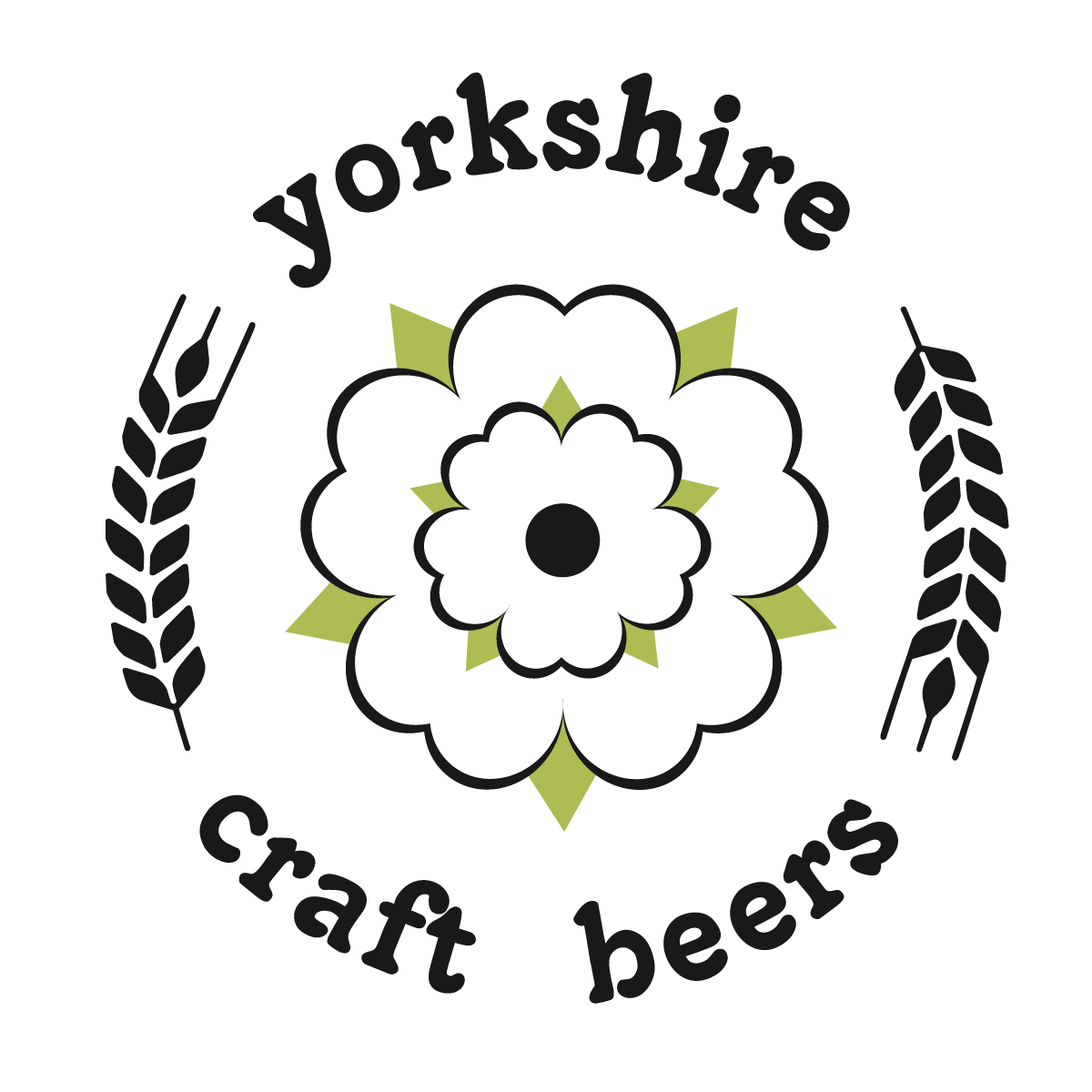Trends come and go in the beer industry, with some finding instant success and some categorically failing from the outset. But it’s safe to say that one trend and sector that has grown, and continues to grow, is the alcohol free market both within beer and the wider drinks industry worldwide. What was once a very lonely (and boring) selection of alcohol free products for designated drivers or those reducing their intake, there is now a booming selection of increasingly greater quality for those wanting a drink without a hangover the next day.
Before we get into how they make alcohol free beer, interestingly in the UK a beer can contain up to 0.5% of alcoholic content to be still categorised as alcohol free, with low alcohol being up to 1.2% in strength. Why then, can a beer be classed as being free of alcohol when, in fact, it isn’t? There’s a very good reason for this; overripe fruit can contain as much alcohol as this, with little/no impact on the person consuming it. Put simply, it would be practically impossible to get drunk by either eating food, or drinking liquid with this content, meaning it can be classified as alcohol free. Imagine having to test every banana to see how strong it is as it ripens if not…
So we now know what categorises an alcohol free beer, but how do they make it? Is it any different from a normal beer or contain different ingredients? Yes and no. Let’s dig a little deeper. There are four ways in which breweries can make low/no alcohol beers and we’ll take a look at each shortly. Fundamentally though, alcohol free beers are brewed using the same four ingredients as a regular beer; water, malt, yeast and hops. Whilst the alcohol content might be missing, this means that you’re getting the same familiar experience as a ‘full fat’ beverage, without the alcohol hit.
To achieve this low ABV, breweries can do one of the following processes; controlled fermentation, dealcoholization, dilution, or simulated fermentation. The first, controlled fermentation (also referred to as ‘arrested fermentation’), being the most common method. This allows the fermentation process to occur in a similar fashion but cutting it short before the yeast and other ingredients come to temperature to start producing alcohol, therefore resulting in a low/no alcohol beer.
The second method is dealcoholization which is exactly as it sounds; removing the alcohol from a beer which has been produced as normal. This is achieved by adding water or steam to the liquid and boiling it whilst under high pressure which releases the alcohol as vapour into a condenser. This is then collected separately and then ridded of, leaving the remaining liquid as a non-alcoholic beer.
The third method, dilution, again uses a regularly brewed full-strength beer, but diluting it down water. The amount of water it is mixed with depends on how strong the beer is and the desired outcome percentage once it has been diluted and this can be done before or after fermentation. The final method avoids fermentation entirely; simulated fermentation. Some brewers skip this process and achieve the same outcome by adding enzymes and ingredients which simulate the fermentation process and giving the same desired outcome as regular brewing; a tasty beverage.
So there you have it, that’s what alcohol free beer is, how it’s made and why 0.5% can fly as alcohol free! Whilst they may have only been common during months like January, they can be found all year round an right here at Yorkshire Craft Beers we have good range of alcohol free beers, which we intend to maintain year-round.
